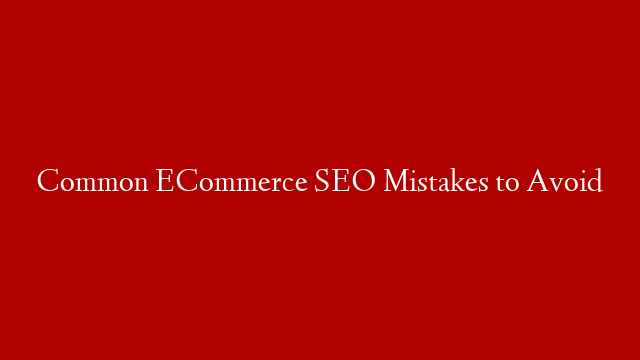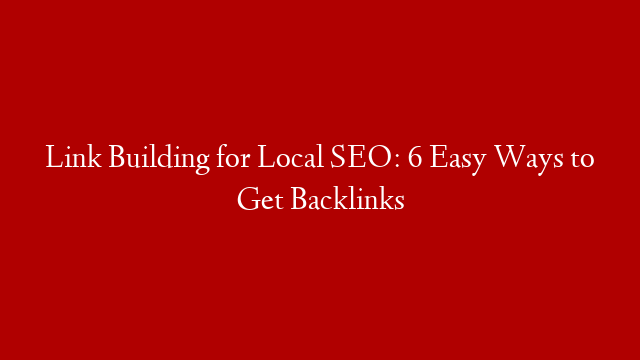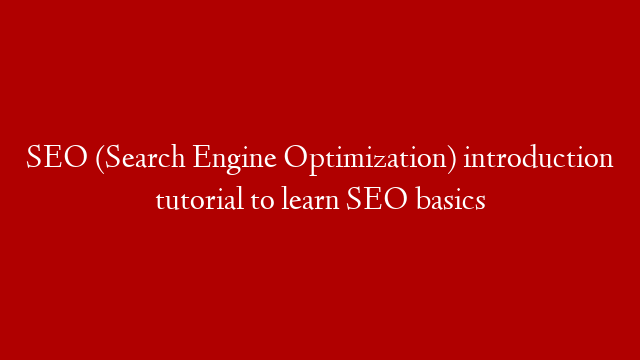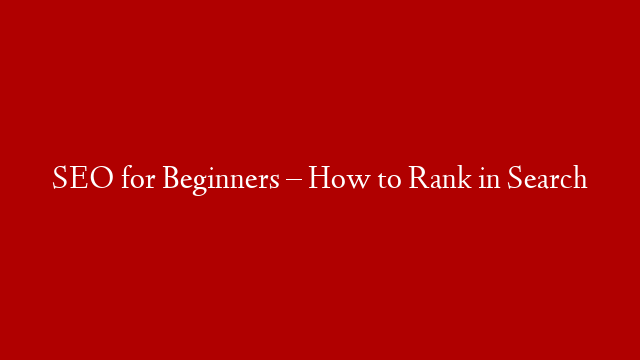Mistake No. 1: Not Optimizing PageSpeed for Every Page
It can be observed that Page Speed is usually optimized only for a homepage. Category and product pages, which are conversion pages, should not be ignored so people should remember to optimize these to get a good PageSpeed. Google regards Page Speed signals in a way at a level of a web page and not a homepage.
More often than not category and product pages are the same so people can choose one from each category to test the PageSpeed, copy the findings then fix those on every page.
As a professional tip, whenever people make new changes in design/development at a level of a page, they must run its PageSpeed score prior to making it Live. Ideally, this is part of the Q&A process.
Mistake No. 2: Not Redirecting the Non-Preferred Version of the Website to the Preferred Version
They should 301 redirect their non-preferred version to the preferred one.
They need to see to it that their customers land on only one website (preferred version) and not see two dissimilar links to the same website.
Mistake 3: Not Using Content Delivery Network (CDN) For Website or Blog
CDN is a system that uses methods that allow a website to display visual content such as images and videos, faster even when the site is crowded with traffic.
eCommerce sites that serve customers around the globe draw traffic from different locations. As a result, the website becomes heavier leading to an increase in loading time. Serving their visual content with the use of CDN helps in minimizing server load time and directly helps in boosting the PageSpeed score, which results in a better user experience.
However, Shopify and several new website hosting platforms offer this as a default feature while WordPress, Woocommerce, Magento and other old platforms do not.
Mistake No.4: Using Their Product Descriptions on Other Sites
More often than not, small and medium-scale businesses copy product descriptions from their site and use the same descriptions on 3rd party sellers like Amazon, eBay and Myntra, to name a few.
User-generated content such as user product reviews make a distinction to a certain extent but it is best for 50% of the product descriptions to remain unique on their site. In addition, they should remember to upload and retain original SEO optimized product descriptions on their site before sharing other versions on other seller sites.
This way, there is a greater chance for their site to rank higher because search engines would find out that the original SEO optimized content is hosted on their website. Such precaution can bring about an increase in organic traffic.
Mistake No. 5: Not Including an FAQ Page
Whenever consumers plan to make a purchase, they usually look for the FAQs. These are very essential for eCommerce categories such as electronic products. When the FAQ portion is missing on the product pages or website these can lead to lower organic traffic and lose potential conversions.
They can infuse the FAQ section with high conversion long-tail keywords (that start with what, why, where, when and how). So, not including an FAQ page proves to be among the biggest SEO mistakes to avoid. What they need to do is to think of the right questions and provide helpful answers.



